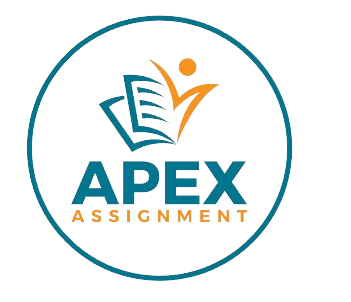
Exploring the world of assignment writing reveals a complex procedure that is essential in both academic and professional settings. In this activity, structured documents are created, usually in response to a task or query from a client, employer, or educator. From preliminary research to the final presentation, assignment writing involves several phases and calls for a combination of critical thinking, research abilities, and good communication. Let’s take a closer look at these features.
*Comprehending the Task
The first step in writing an assignment is to have a thorough grasp of the assignment. This entails reading the assignment brief and any directions that the employer or teacher may have provided carefully. The goal of the assignment, the intended audience, the anticipated format or structure, and any particular instructions or evaluation standards are important concepts to understand. This first phase establishes the framework for the entire writing process, directing decisions on content development, organization, and research in the following steps.
*Monitoring
The following stage after comprehending the task is to do research to obtain pertinent data. To obtain a thorough grasp of the subject, this may entail looking through textbooks, scholarly publications, reliable websites, and other sources. Good research techniques are essential for locating trustworthy sources, gathering pertinent data, and analyzing information critically in order to substantiate the assertions or arguments made in the project. To properly credit the sources utilized, reference and citation guidelines must be followed.
*Organizing and Preparing
The writer plans and organizes the work after gathering research data. This step involves figuring out the order in which the ideas or arguments will be presented as well as outlining the document’s structure, including the introduction, body paragraphs, and conclusion. An organized outline ensures coherence and logical flow in the final work by acting as a road map for the writing process. It also facilitates giving each assignment portion enough time and attention.
*Composing and Rewriting
After completing the draft, the writer works on revising and editing the work to make it better. This includes checking for typographical, grammatical, spelling, and punctuation errors during proofreading. The author also assesses the content’s general organization, coherence, and logical flow before making any necessary adjustments to strengthen the argument and provide coherence. During this phase, you can also ask for instructor or peer feedback to get insightful ideas and suggestions for development.
*Examining and modifying
After completing the draft, the writer works on revising and editing the work to make it better. This includes checking for typographical, grammatical, spelling, and punctuation errors during proofreading. The author also assesses the content’s general organization, coherence, and logical flow before making any necessary adjustments to strengthen the argument and provide coherence. During this phase, you can also ask for instructor or peer feedback to get insightful ideas and suggestions for development.
In short
All things considered, assignment writing is a thorough process that necessitates exacting attention to detail, strong analytical abilities, clear communication, and adherence to professional or academic standards. It is a cross-disciplinary ability that is essential to learning, research, and professional communication across a wide range of academic and professional domains.







